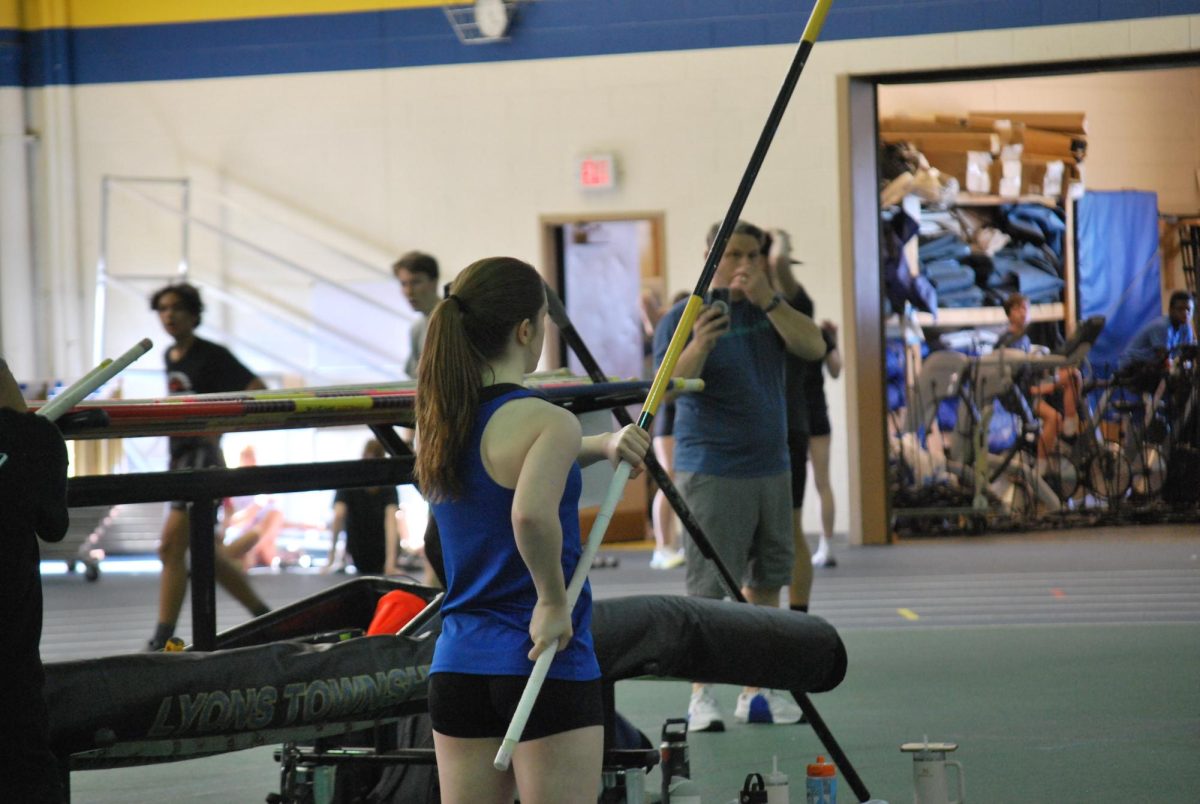Studying pays off
January 27, 2017
Getting a college degree is no longer an option, it’s a necessity. However, as more students feel forced to continue their education after high school, the price has increased exponentially. No matter how often you work or the amount of jobs you have, college costs seem unattainable to any student who is expected to pay for their own education.
Nevertheless, thousands of students from all across the country seek financial support through one thing: scholarships. A scholarship can be given for a variety of reasons, ranging from something as simple as gender to the Create-a-Greeting Card Scholarship contest. With thousands of options, it seems like there is a scholarship that can fit anyone. Yet, far too many students rely on a scholarship that is not guaranteed, not easy to attain, and could end up costing them more money than they are receiving.
What kind of scholarship is this and why would anyone even want it? It turns this type of scholarship is quite familiar to all of us: Athletic.
On the contrary, a student can receive the same amount, if not more, money through an academic scholarship, which can be available at their high school, college or an outside program. With this many options, students should focus on trying to receive a scholarship for their academic excellence as opposed to athletics.
Solely playing a varsity sport is no longer enough to receive attention from college coaches looking to recruit. Playing on a club or travel team during the off-season is now viewed as a prerequisite for collegiate level athletics. However, participating in a club sport for four years has a steep price to pay. Take a sport like club volleyball: if you include the registration fee, equipment, and travel expenses, it will cost $22,240; that price alone already doubles the Create-a-Greeting Card scholarship.
Furthermore, playing a club sport does not automatically get you an athletic scholarship either. In fact, receiving a scholarship is extremely unlikely, regardless of whether or not you play club. According to the NCAA, only 6.8 percent of men high school football players compete in Division I, II and III colleges past high school. In men’s basketball, there is only a 3.4 percent chance.
The amount of money you receive on a scholarship is not guaranteed either. While the majority of Division III athletes receive a form of financial aid, it averages out to about $17,000 over four years; this is still lower than the average tuition for one year at public, four-year university.
In comparison to athletic scholarships, academic scholarships are much easier to receive. Just in our community, there are 79 scholarships listed on Naviance available to LT students. Outside of those scholarships, there are many schools that provide non-need based aid due to grades or standardized testing scores. At the University of Alabama, a student with a 28 on his or her ACT and at least a 3.5 GPA receives $4,000 off per year, and a student with an ACT between 32-36 and a 3.5 GPA receives a full ride.
If you are a person plays a sport simply because you love it, I am not telling you to call it quits and hit the books. If you are a person who plays a sport to bulk up your resume, keep playing. What I ask is this: don’t rely on slim chances to pay your way through college. Instead, be conscious of the various opportunities you have to receive aid for your academic success. The price of education isn’t cheap, but everyone, regardless of financial status, deserves to have it.


















![Movie poster for [Rec] (2007).](https://www.lionnewspaper.com/wp-content/uploads/2023/04/rec-640x900.jpg)




Seth • Jan 27, 2017 at 11:31 pm
Hello Maddy Cohen,
2016 Jackie Robinson Foundation Scholarship is available for the graduating high school senior who plan to earn a baccalaureate degree from an accredited institution of higher education. Applicant must be a United States citizen and have present evidence of financial need.
Application Deadline is February 15, 2017
We thought your students might find this information
http://usascholarships.com/jackie-robinson-foundation-scholarship
If you want to read articles related to scholarships like how to apply for scholarship, how to get scholarship, Scholarship thank you letter etc, Then go through the given link
http://usascholarships.com/category/article/